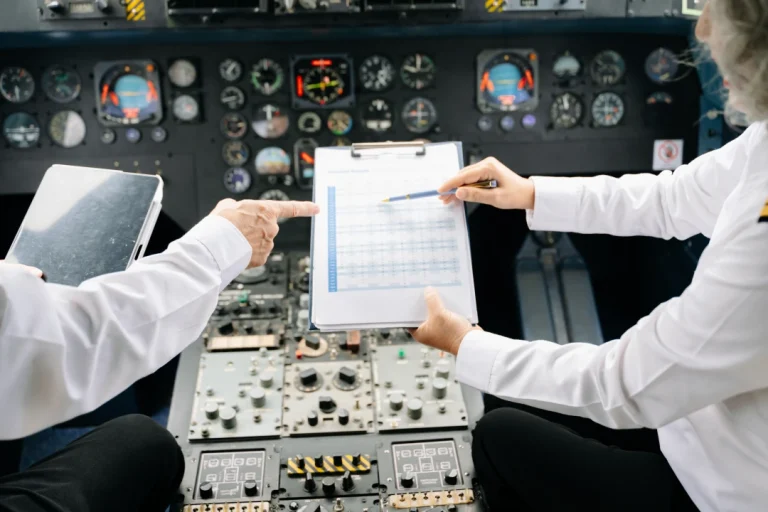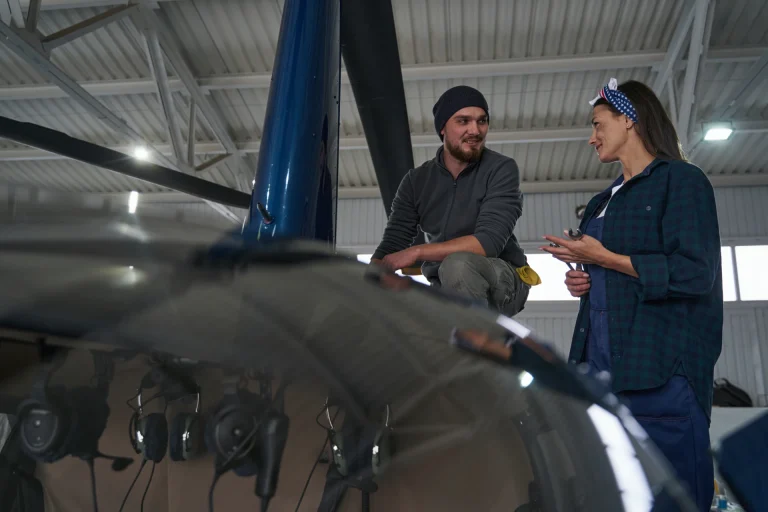
Middle East aircraft fleet to grow by 4.5 percent in next 10 years: Report
After several difficult years for the COVID-stricken aviation industry, a new report found that it is set to rebound, with the fleet growing 4.5 percent in the Middle East alone over the next 10 years.
With pent-up global air travel demand set to recover, reaching pre-pandemic levels by 2023, the industry will once again need to confront the rise in carbon dioxide emissions and its lack of immediate solutions to reduce them, a report by Oliver Wyman found.
The report, entitled Oliver Wyman’s Global Fleet & Maintenance, Repair and Overhaul (MRO) Forecast 2022-2023, digs deep into commercial aircraft deliveries, inventories and aerospace production to provide a comprehensive view of the commercial fleet over the next decade with regards to its size and composition.
The sector is being redefined by a fleet in transition, as airlines begin to take delivery of new, highly fuel efficient narrowbodies and attempt to weed out older aircrafts that will need intensive maintenance sessions.
It found that the 4.5 percent growth in the Middle East’s fleet was due to a strong outlook for narrowbody aircrafts.
“Of all the regions, the Middle East is the most dependent on the recovery of international travel to fill its widebodies. Before COVID-19, widebodies made up over 50 percent of the Middle Eastern fleet versus only 21 percent of the global fleet. Because of this dependence, the Middle East MRO market is not expected to recover until late 2024,” said Oliver Wyman’s Head of IMEA Transportation & Services Andre Martins in a statement released by the firm on Monday.
On a global scale, the fleet is set to grow to 38,100 aircraft by 2032, accounting for a compound growth rate of 4.1 percent over the next decade.
Narrowbody aircraft, also known as a single-isle aircraft, will make up a larger share of the fleet, with the global fleet comprising of 64 percent narrowbody planes by 2032 versus 58 percent in January 2020, as the slow recovery of international traffic after the COVID-19 pandemic is depressing the number of widebodies in service.
“There is optimism that the industry has turned the corner and is now on an upward trajectory — but the next 10 years will be filled with a multitude of challenges that will test the industry’s resilience unlike ever before,” added Martins.
With an influx of narrowbody aircraft expected, the widebody share of the fleet in the Middle East is expected to drop below 50 percent, and by the end of the decade narrowbodies will overtake widebodies as the largest group.
Spread out among more than 15 operators, the Middle East has a total of 700 narrowbody airplanes on order through the end of the decade, the report stated, adding that the global fleet won’t reach its pre-pandemic peak of almost 28,000 until the first half of 2023.
By 2030, MRO demand is expected to reach $118 billion, 13 percent below the pre-COVID-19 forecast of $135 billion, showing the lost growth from COVID-19.










